News
EPJ E Highlight - How water can split into two liquids below zero
- Details
- Published on 17 January 2017

Theoretical possibility of the coexistence of dual liquid states of matter in sub-zero water due to the origami-like stacking behaviour of microscale moleculesy
Did you know that water can still remain liquid below zero degrees Celsius? It is called supercooled water and is present in refrigerators. At even smaller temperatures, supercooled water could exist as a cocktail of two distinct liquids. Unfortunately, the presence of ice often prevents us from observing this phenomenon. So physicists had the idea of replicating the tetrahedral shape of water molecules - using DNA as a scaffold to create tetrahedral molecules - and thus removing the interference of ice formation. This approach allowed Simone Ciarella from the University of Rome, Italy, and his colleagues to confirm that, in theory, a dual liquid phase is possible in sub-zero water and any other liquids made of tetrahedral molecules. These results have been published in EPJ E. It is a great tale of how the underlying microscopic shape determines the overall macroscopic form.
EPJ ST Highlight - Champagne owes its taste to the finely tuned quality of its bubbles
- Details
- Published on 23 December 2016
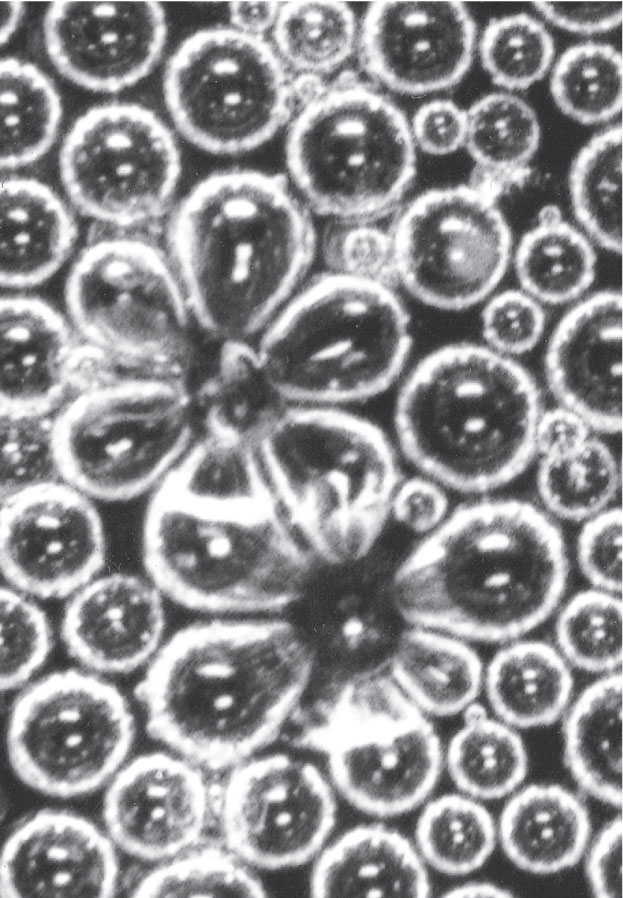
What provides the wonderful aromas is a long neuro-physico-chemical process that results in bubbles fizzing at the surface of champagne
Ever wondered how the fate of champagne bubbles from their birth to their death with a pop enhances our perception of aromas? These concerns, which are relevant to champagne producers, are the focus of a special issue of EPJ Special Topics, due to be published in early January 2017 - celebrating the 10th anniversary of the publication. Thanks to scientists, champagne producers are now aware of the many neuro-physico-chemical mechanisms responsible for aroma release and flavour perception. The taste results from the complex interplay between the level of CO2 and the agents responsible for the aroma - known as volatile organic compounds - dispersed in champagne bubbles, as well as temperature, glass shape, and bubbling rate.
EPJ ST Highlight - Economics made simple with physics models
- Details
- Published on 23 December 2016
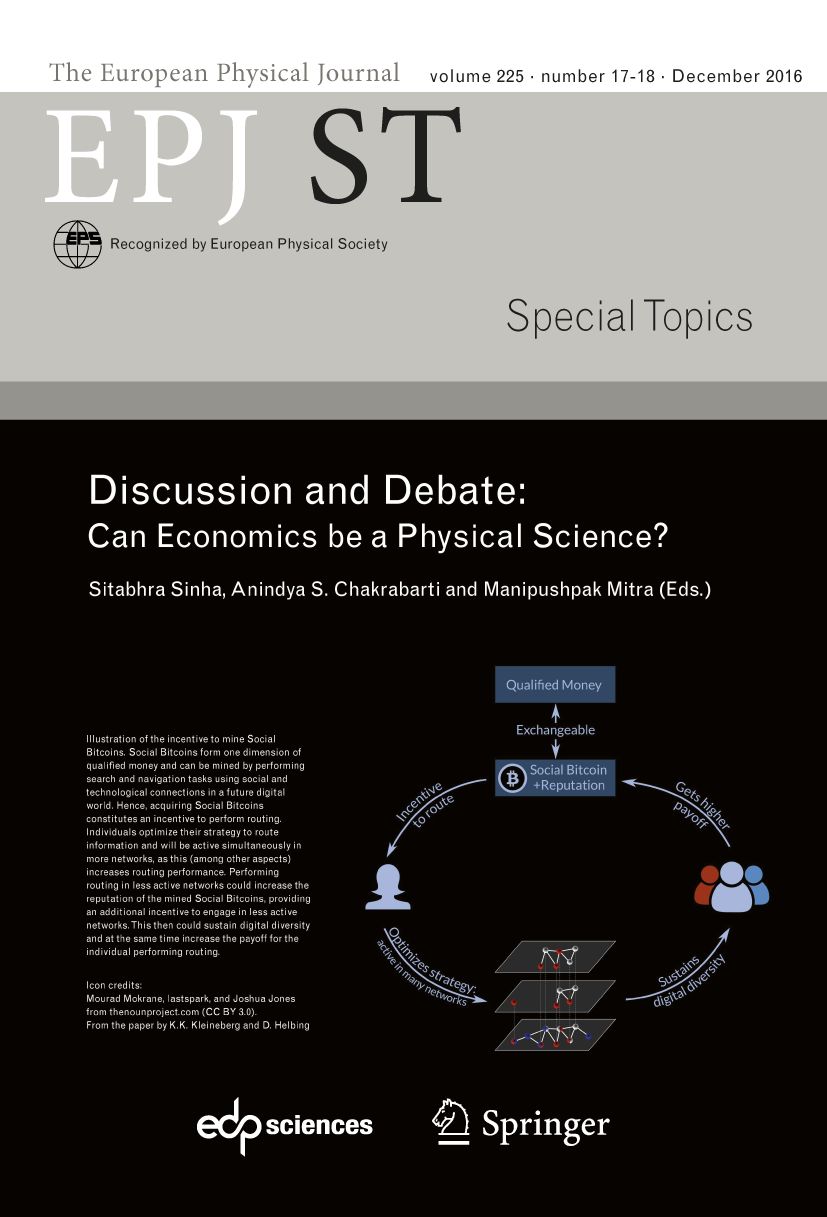
Snapshot of the study of economic phenomena using the tools of physics
How would you go about understanding how markets can suddenly be gripped by panic? To physicists, using a model originally developed to explain magnetism might make sense. Yet, economists may find this extremely counter-intuitive. Both physical and economic phenomena may possess universal features that could be uncovered using the tools of physics. The principal difference is that in economic systems - unlike physical ones - current actions may be influenced by the perception of future events. The latest issue of EPJ Special Topics examines the question as to whether econophysics, a physics-based approach to understanding economic phenomena, is more useful and desirable than conventional economics theories.
EPJ AP Highlight - Silicon Plasma Wave Receiver for Terahertz Wireless Communication
- Details
- Published on 21 December 2016

This paper presents the design, manufacturing and characterization of an integrated circuit (IC) that uses the plasma oscillations phenomena in silicon nanotransistors (Si-CMOS) for the detection of a 300 GHz-carrier-frequency wireless signal. We present the strategies for a Si-CMOS-based, wideband, integrated circuit receiver comprising: (i) a physics based, specific plasma-wave-transistor design, allowing impedance matching to the antenna and the amplifier, (ii) a patch antenna engineered through a stacked resonator approach and (iii) a broadband amplifier that uses bandwidth enhancement circuit techniques.
EPJ AP Highlight - Emergent gain materials for active photonics
- Details
- Published on 19 December 2016

Nowadays semiconductor nanostructures developed by colloidal methods have emerged as an alternative to the classical III-V semiconductors and rare earth technologies to provide active functionalities in photonic devices. Their outstanding optical properties include high absorption cross section, high quantum yield of emission at room temperature, or the capability of tuning the band-gap with the size/base material. As a consequence, these materials have been successfully applied in several fields, such as photodetection, amplification, generation of light or sensing. For these purposes their solution process nature provides a cheap fabrication, and an easy incorporation on a broad range of substrates and photonic structures. This review summarizes the great effort undertaken by the scientific community to construct active photonic devices based on semiconductors fabricated by chemical methods. The works compares the performances demonstrated by semiconductor nanocrystals (colloidal quantum dots, quantum rods and quantum wells) with those provided by organometal halide perovskites, and describes their appropriate integration into photonic architectures (waveguides and cavities) to achieve stimulated emission.
EPJ E Colloquium: Non-local fluctuation phenomena in liquids
- Details
- Published on 19 December 2016
Fluids in non-equilibrium steady states exhibit long-range fluctuations which extend over the entire system. They can be described by non-equilibrium thermodynamics and fluctuating hydrodynamics that assume local equilibrium for the thermophysical properties as a function of space and time.
The experimental evidence for the consistency between this assumption of local equilibrium in the equations and the non-local fluctuation phenomena observed is reviewed in this EPJ E colloquium paper
EPJ Data Science Highlight - Predicting future sports rankings from evolving performance
- Details
- Published on 16 December 2016
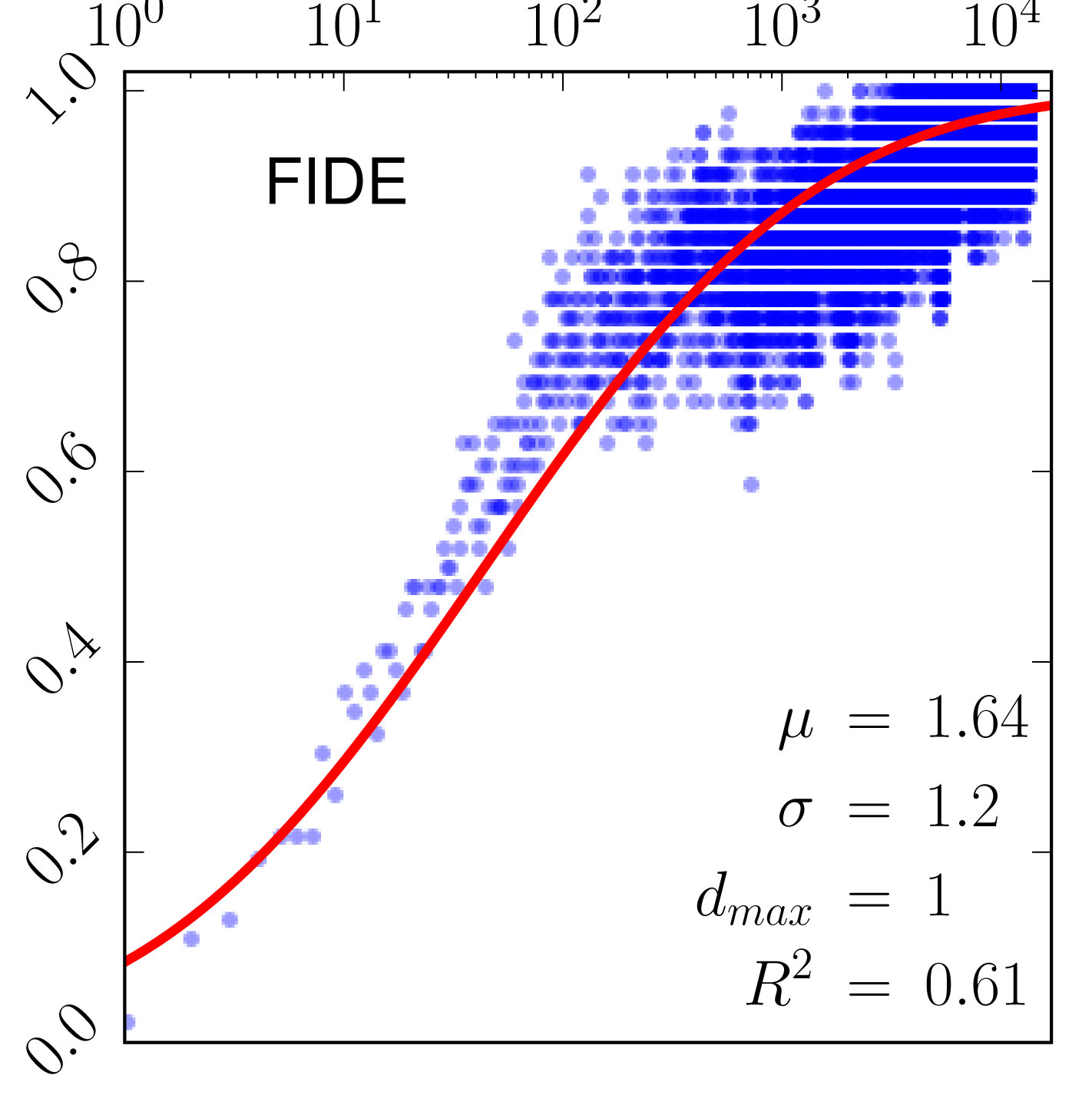
Competitive sport ranking evolution over time is used to predict the future evolution of rankings
Competitive sports and games are all about the performance of players and teams, which results in performance-based hierarchies. Because such performance is measurable and is the result of varied rules, sports and games are considered a suitable model to help understand unrelated social or economic systems characterised by similar rules-based complexity. Now, a team of Mexican scientists have used the performance of national teams in tennis, chess, golf, poker and football as a test-bed for identifying universal features in the creation of hierarchies—such as the stratified structure found in the global hierarchical distribution of wealth. José Morales from the National Autonomous University of Mexico and his colleagues found they could, in principle, predict changes in rank occupancy over the course of a contender's lifetime, regardless of the particularities of the sports or activity. These findings, published in EPJ Data Science, enhance our ability to forecast how stratification occurs in competitive activities.
EPJ B Highlight - Tortoise electrons trying to catch up with hare photons give graphene its conductivity
- Details
- Published on 14 December 2016
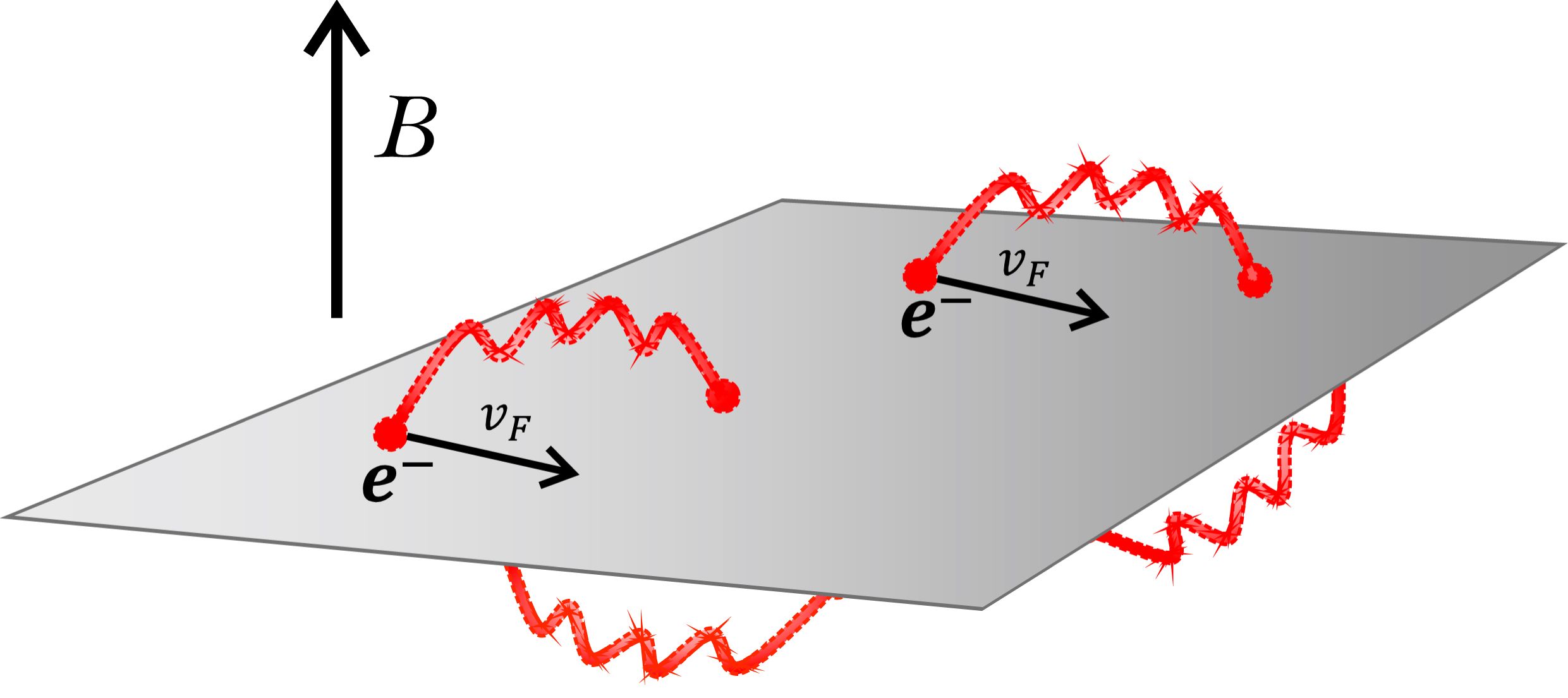
Collective electron interaction, mediated by photons across space-time under a weak magnetic field, explains the special conductivity of the one-atom-thick material
How electrons interact with other electrons at quantum scale in graphene affects how quickly they travel in the material, leading to its high conductivity. Now, Natália Menezes and Cristiane Morais Smith from the Centre for Extreme Matter and Emergent Phenomena at Utrecht University, the Netherlands, and a Brazilian colleague, Van Sergio Alves, have developed a model attributing the greater conductivity in graphene to the accelerating effect of electrons interacting with photons under a weak magnetic field. Their findings have been published in EPJ B.
EPJ Plus Highlight - New neuron dynamics model better fitted to the biological reality
- Details
- Published on 05 December 2016
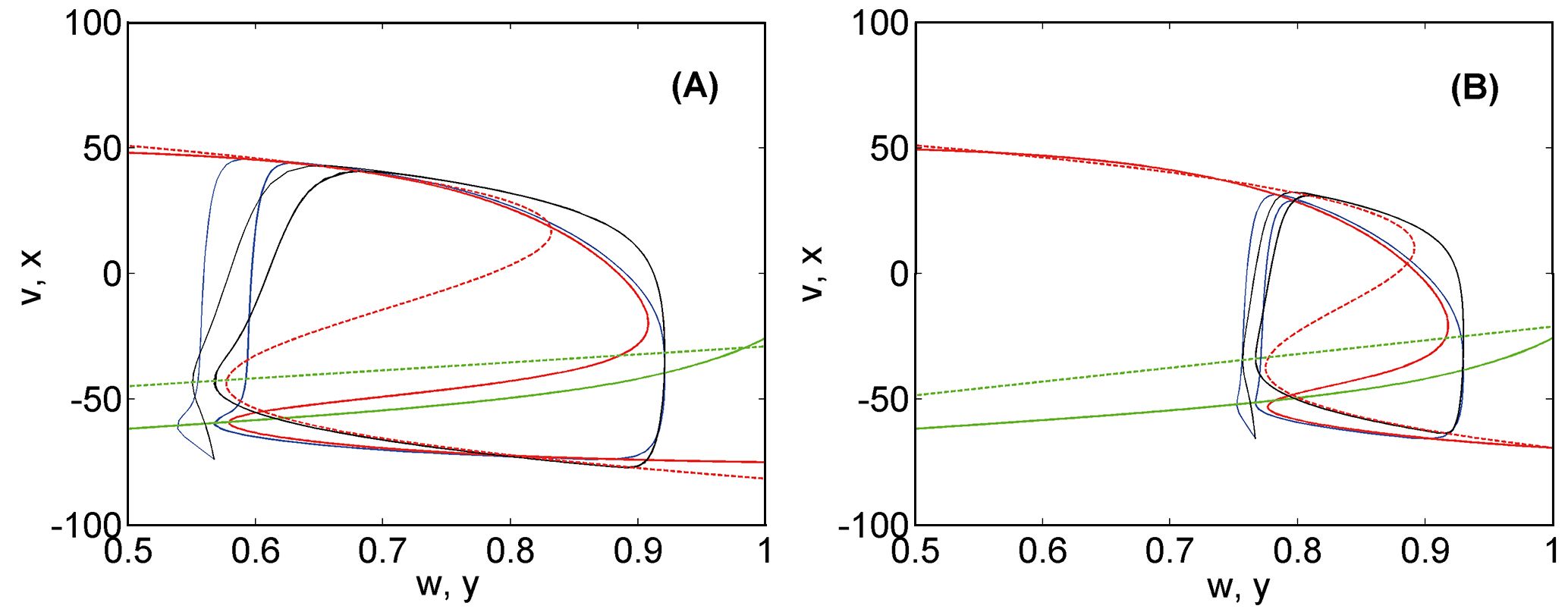
Scientists have now adopted a qualitative theoretical neuroscience model commensurate with actual measurements of neurons' dynamics
Neuroscientists are currently working diligently to understand the dynamics of thousands of coupled neurons. Understanding how they operate requires accurate models. The trouble is that each of the existing neuroscience models has its own shortcomings. Russian physicists have, for the first time, developed an effective method for solving the equations of a well-known theoretical neuroscience dynamic model and make it more biologically relevant. These findings have just been published in EPJ Plus by Eugene Postnikov and Olga Titkova from Kursk State University, Russia. They could not only help resolve problems in the neurosciences, but could also provide a deeper understanding of neuronal activity in the emerging sector of neurovascular dynamics, which describes the interplay between the brain's neurons and the blood flow.
EPJ D Colloquium: Non-equilibrium in low-temperature plasmas
- Details
- Published on 28 November 2016
The wide range of applications that have been found for cold plasmas stems from the fact that they are physical systems out of thermodynamic equilibrium. This property enhances their reactivity at low gas temperature, and allows macroscopic effects to be obtained with only moderate energy consumption.
In this EPJ D review, the basic concepts of ionised gases in a non-equilibrium state are treated by showing how and why the non-equilibrium functions of the degrees of freedom are formed in a variety of natural and man-made plasmas, with particular emphasis on the progress that has been made in the last decade. A modern perspective of the molecular basis of non-equilibrium and of a state-to-state kinetic approach is adopted. Computational and diagnostic techniques that have been used to investigate the non-equilibrium conditions are also surveyed.




